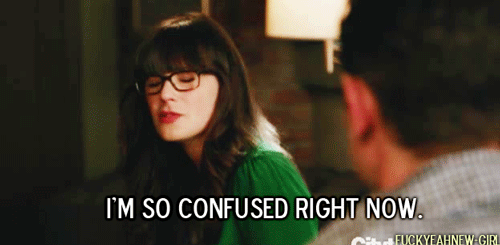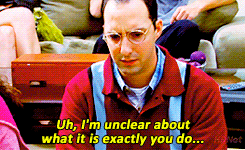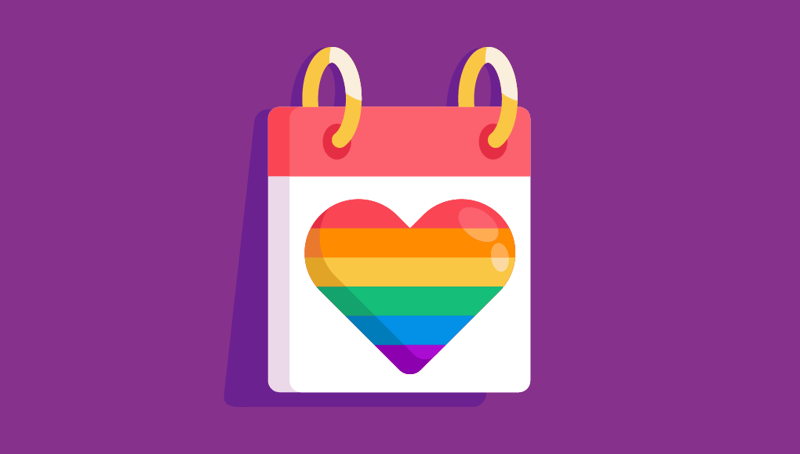Sexual assault awareness has come a long way.
Our conversations about sexual assault are now more frequent, more specific, and happen amongst a wider range of people. We have evolved past the “ladies, watch your drinks when you go out” and the “1 in 4 college women” statistic to include conversations about consent, rape culture, communication skills, healthy relationships, and bystander intervention.
In addition, there has been a shift to welcome, expect, and include more men in this conversation — their voice and allyship are indeed critical in successful sexual assault prevention and the healthy masculinity movement.
Undoubtedly, the creation or strengthening of initiatives such as VAWA, It’s On Us, the Dear Colleague Letter, and Title IX have provided the foundation upon which sexual assault is better supported and addressed on our campuses.
Even so, with the entire month of April designated as “Sexual Assault Awareness Month” (SAAM), the challenge can be how to program in these 30 days in a way that not all events blend together and sound generic — ”Come to our sexual assault awareness [table/speaker/event/program]!”
How are they each different, or are all they all the same? What can your campus offer that feels fresh? Is there anything new under the sun? (Spoiler alert, and good news: There is.)

We need to bridge an educational gap on this topic that is easily overlooked: Increase student understanding of campus and community resources on sexual assault so if an assault happens, a student already knows their options and has top-of-mind-awareness of who they want to go to first.
You probably have campus departments and groups who work together regularly on sexual assault prevention and response efforts — they have great collaboration skills and the “who does what” on the topic of sexual assault is crystal clear among that team.
But is it clear to students? Who do they go to about a sexual assault and how do they make that decision? Who is confidential and who is not? What’s the chain of command?

It’s time to bridge the gap.
It’s time to bring all of those moving pieces together into a SAAM resource fair. An event like this provides students a visual, taking all the separate talks we have with students about our departments, and centralizing it.
In a moment of trauma, having to research your options can be an additional strain of time and energy. We can make this easier for students. Here’s how — and why — to do it.
A new kind of SAAM Resource Fair
The name
Call your event the “It’s On Us Resource Fair” and you will be glad you did. This easy choice is automatically inclusive (faculty, staff, students, men, women, non-binary students, etc.), and feels familiar.
It is certainly more engaging and appealing (and less of a mouthful) than “sexual assault awareness resource fair.” All the reasons “It’s On Us” works for the campaign itself are the reasons it will work for your event.

The purpose
The purpose of this event is to showcase, in one location, departments and groups who directly contribute to sexual assault prevention, resources, and support.
The goal is to provide students a big picture, comprehensive look at their campus and community resources for sexual assault so they better understand the services available to them, and how they work. (For example, if a student discloses an incident to one department, does it stay there or do other departments get involved? How and why? These are the types of questions students may have.)
This chance to put a face to a name or meet staff involved in sexual assault education and response efforts may also help encourage help-seeking behavior and increase confidence and comfort levels in getting support if needed.
The audience
The beauty of a resource fair with this event title and approach is that you can have a broader reach and engage a wider range of students beyond the “frequent flyers” who often make an appearance at your wellness-related events.
The added benefit is that, with this group setting and an inviting atmosphere, groups that don’t get to table often or may not get much traffic on their own increase their student contact here.
The participants
Consider limiting participant selection to departments and organizations that provide sexual assault prevention, resources, and support. Remember the subtle focus of this event is increasing student understanding of “who does what” on campus when it comes to this topic.
While there may be other student or campus groups who would like to table to show their support, unless they are directly involved in providing sexual assault prevention, resources, or support as part of their mission, thank them and ask them to attend as guests instead. Keep the invite list narrow so it remains a focused event that achieves its purpose.
Suggested participants include Health Promotions, Counseling Center, Student Health Services, Dean’s Office/CARE Team, Title IX, University Police Department, Conduct, and community response/treatment organizations.
The invite to participants
The email invite to participants is key to ensuring the event hits the mark. Explain to your invitees it is expected they talk about how and when their group intersects with sexual assault efforts on campus as part of the standard spiel to each student that comes by their table. Ask them to identify a game, activity, or focus their table will host at the event.
Without these instructions, you could easily end up with 10 tables at your event with similar information and have students walk away still unable to distinguish how the groups themselves are different in what they offer regarding sexual assault resources.
The atmosphere
It’s all the usual suspects here: Music, snacks, giveaways, games, signage, etc. Ask your participants to bring tents for their tables, or provide them. Host this to be as engaging as any other resource fair you would put on for students. If anything, the stakes are raised on this event: Sitting behind a table, looking down at your phone, with brochures sitting out for students to grab isn’t going to cut it.
Ask for more from participants to help create a meaningful and engaging event. Even though this is about sexual assault, the goal is still the same — to engage with students through education and empower them to connect with resources and make a change.
The messaging
Using the title of “(Your school name here): It’s On Us Resource Fair” means you are able to customize your messaging. First, you can download (page 34) the already created “It’s On Us” logo, and are encouraged to tailor it with your school colors and school mascot/name.
If your flyer lists all the participants in the upcoming event, an easy tagline to add might be, “Join us for this event showcasing everything these areas provide for sexual assault prevention, resources, and support.” In keeping with the theme, there might be “It’s On Us” pledges at one of the tables as well. Check-in with participants as the event approaches to be sure they have a plan to engage students that is consistent with the messaging and purpose of the event.
Overall, participants can convey they are excited to be at the event to show students just how many groups are involved in front of and behind the scenes to support them on sexual assault issues. The message is that not only is it on all of us as a campus community to prevent and respond to sexual assault, but we as a university understand that “It’s On Us” to do this work together and we are doing that for students. For them to see all these groups gathered in a show of unity can be encouraging.
For additional ideas and support for your “It’s On Us Resource Fair” and related SAAM events, check out this comprehensive Tool Kit from “It’s On Us” — your new best friend for April. Other resources include the National Sexual Violence Resource Center (NSVRC) and RAINN (Rape, Abuse, & Incest National Network).





